cr_mech_coli
This package is centered around a mechanical model for rod-shaped bacteria such as E.Coli.
Model
The model is mechanistic and coarse-grained enough such that we can estimate its parameters from
even a small dataset.
Its low computational cost mean that it can be readily applied in the construction of other
Agent-Based Simulations within cellular_raza [1].
Fitting Methods
To quantify if calculated results from our model match with given experimental data, we need to
extract agent information from masks and compare them with calculated results.
To capture the spatial effects and make our methods applicable in a wider context, we focus on the
masks instead of other possible approaches.
We use methods from sciki-image [2].
Image Generation
The data generated by such simulations can be used to create labelled images and artistic renders. We further plan on extending the package by generating labelled realistic microscopic images which can then be used to train deep-learning cell-segmentation and cell-tracking algorithms. The quality of training data is dependent on our ability to reverse-engineer realistic microscopy images from the generated simulation data.
We use pyvista [3] to create a 3D representation of our cells.
With this approach we will be able to capture complex lighting and occlusion effects which would be
harder to reproduce in a 2D plot.
Afterwards, we can use opencv[4] to mimick effects such as optical
aberration, sensor noise, bacterial halo or other imperfections which can be introduced by the
measurement device.
This step is under active development and the example images below are an initial attempt only.
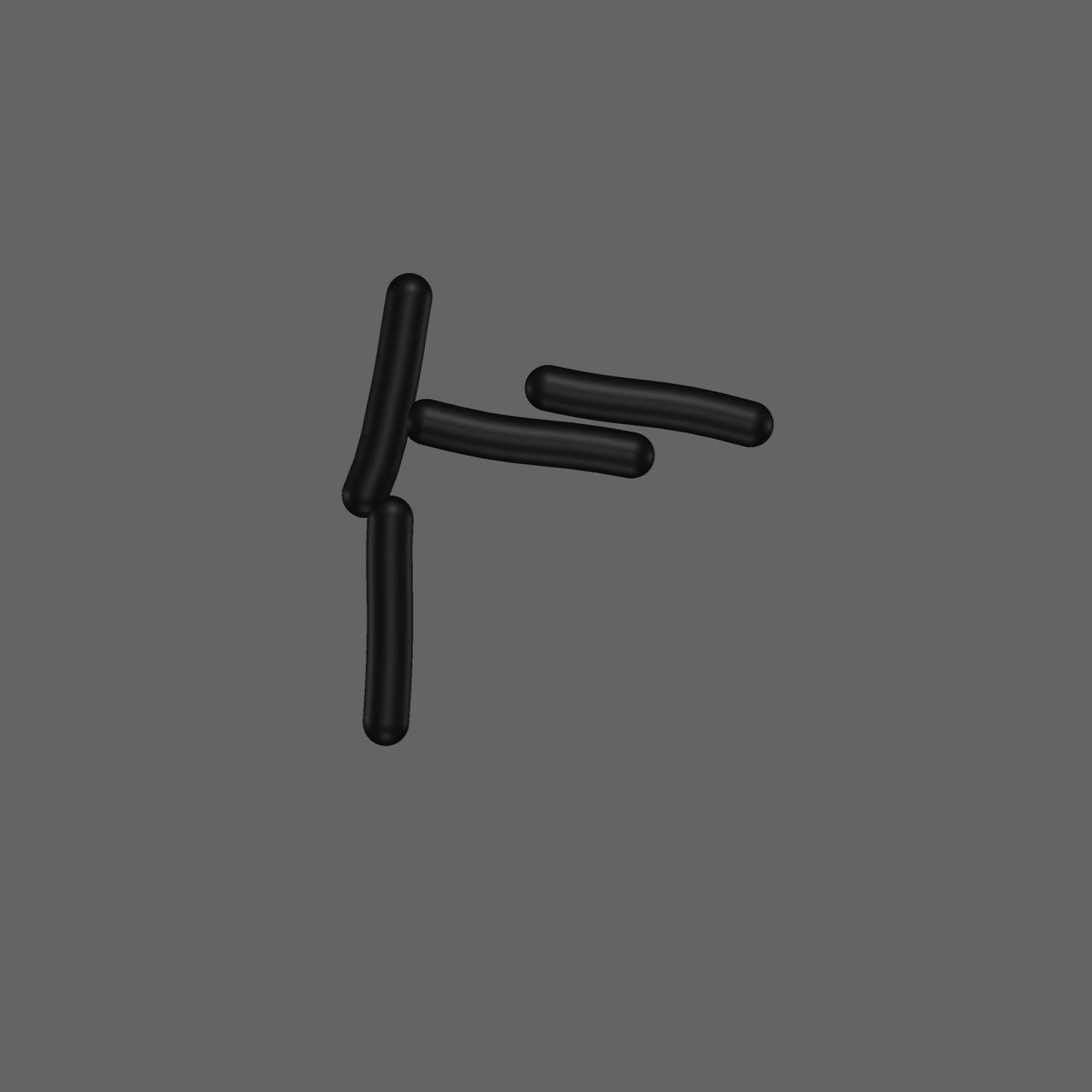
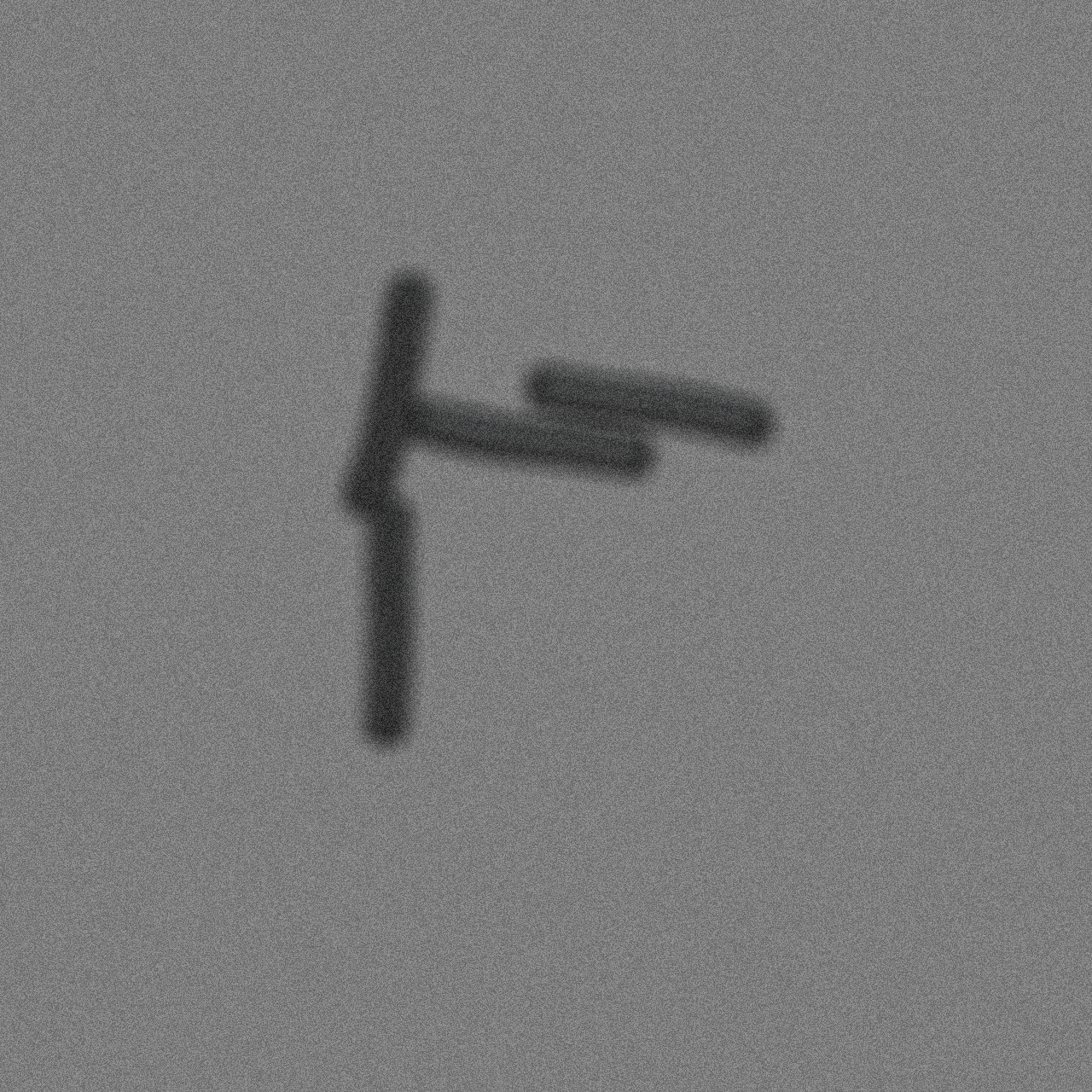
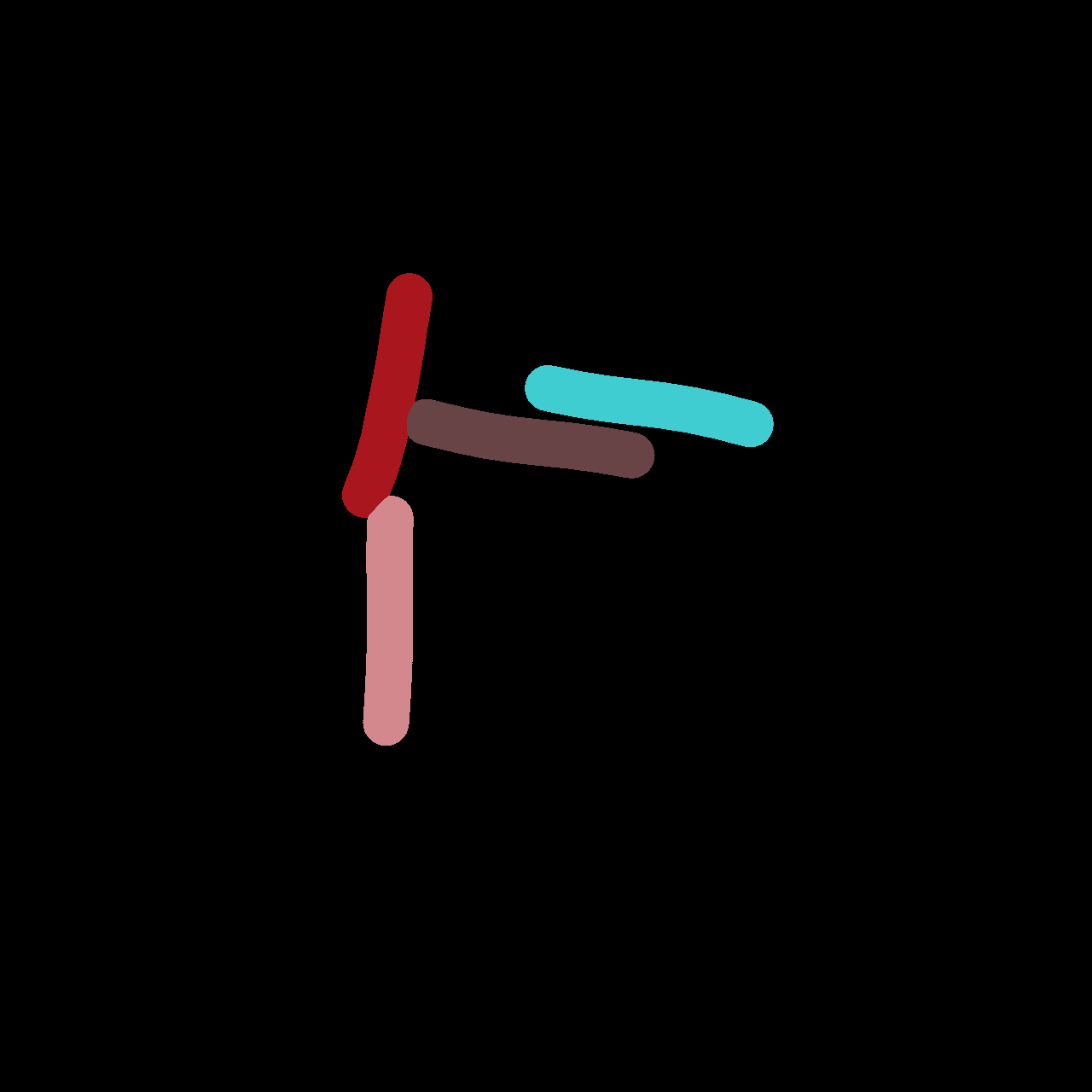
Snapshots at t=20min.
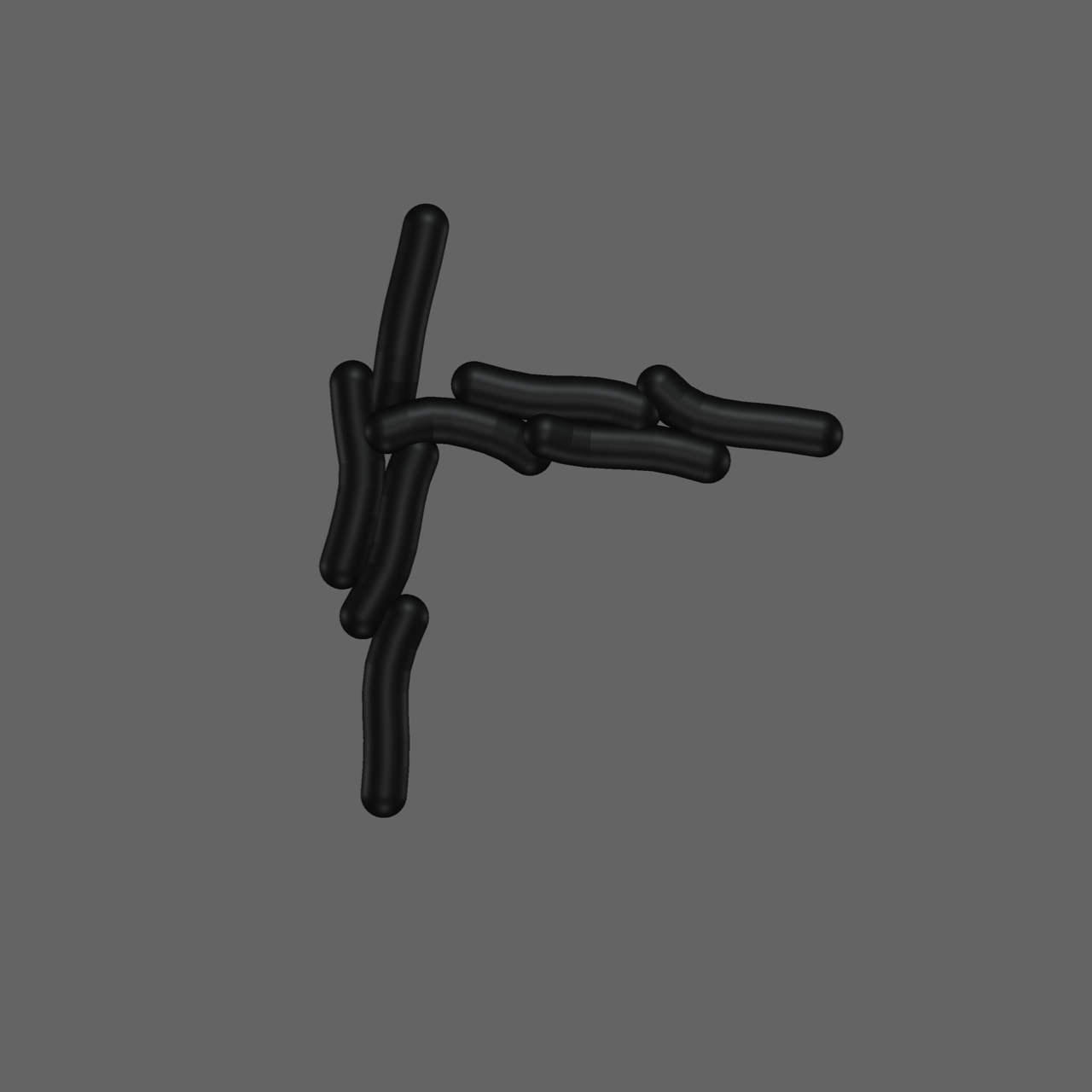
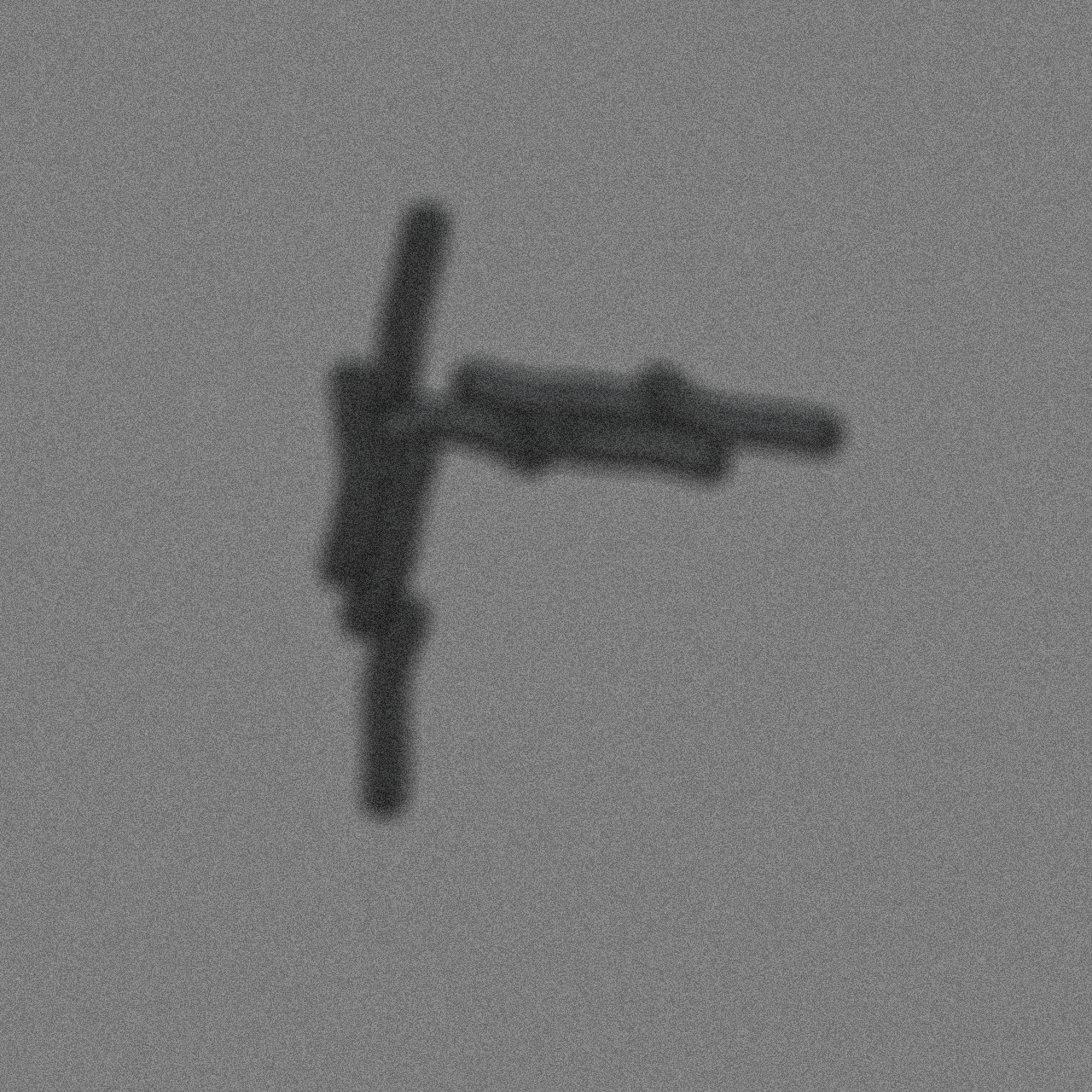
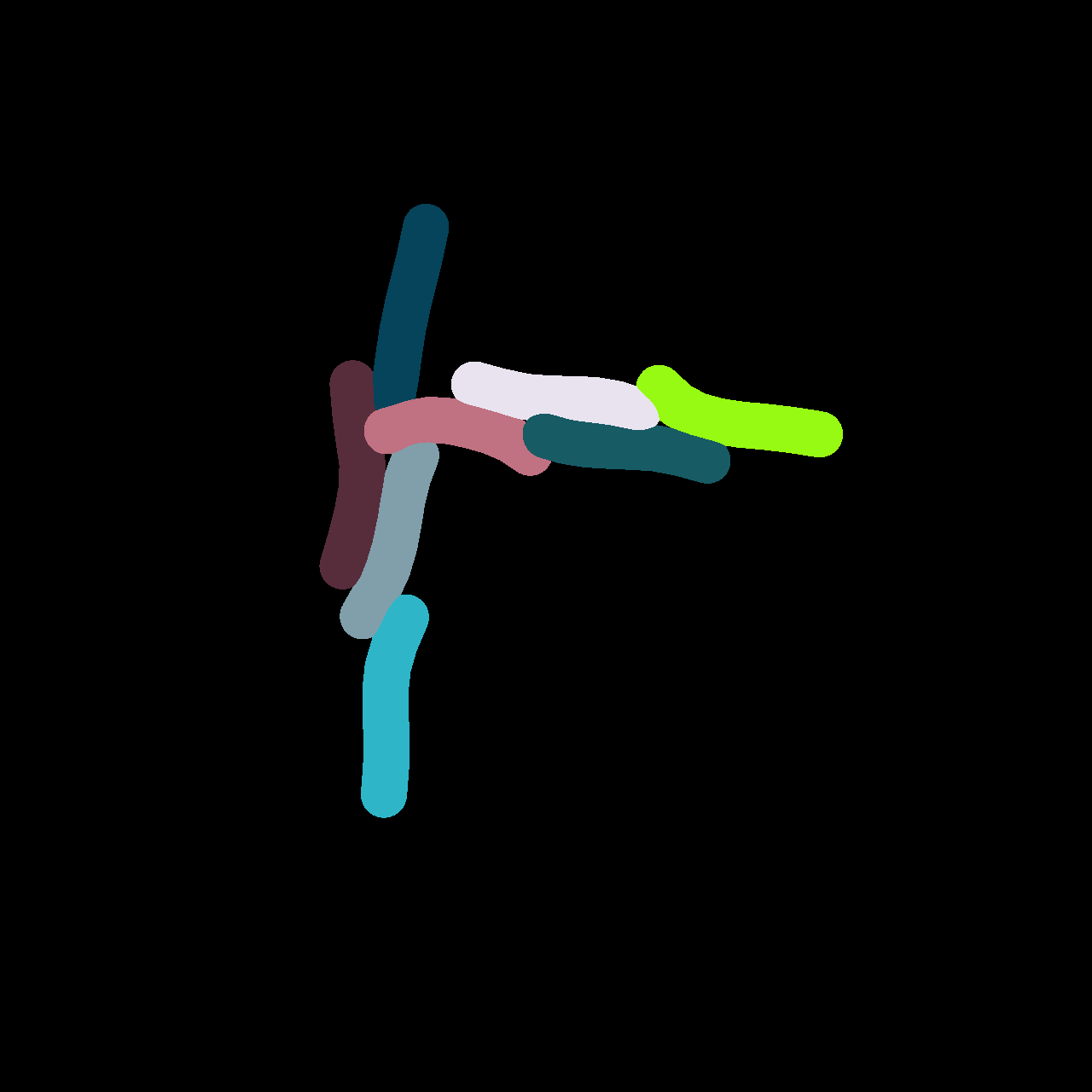
Snapshots at t=60min.
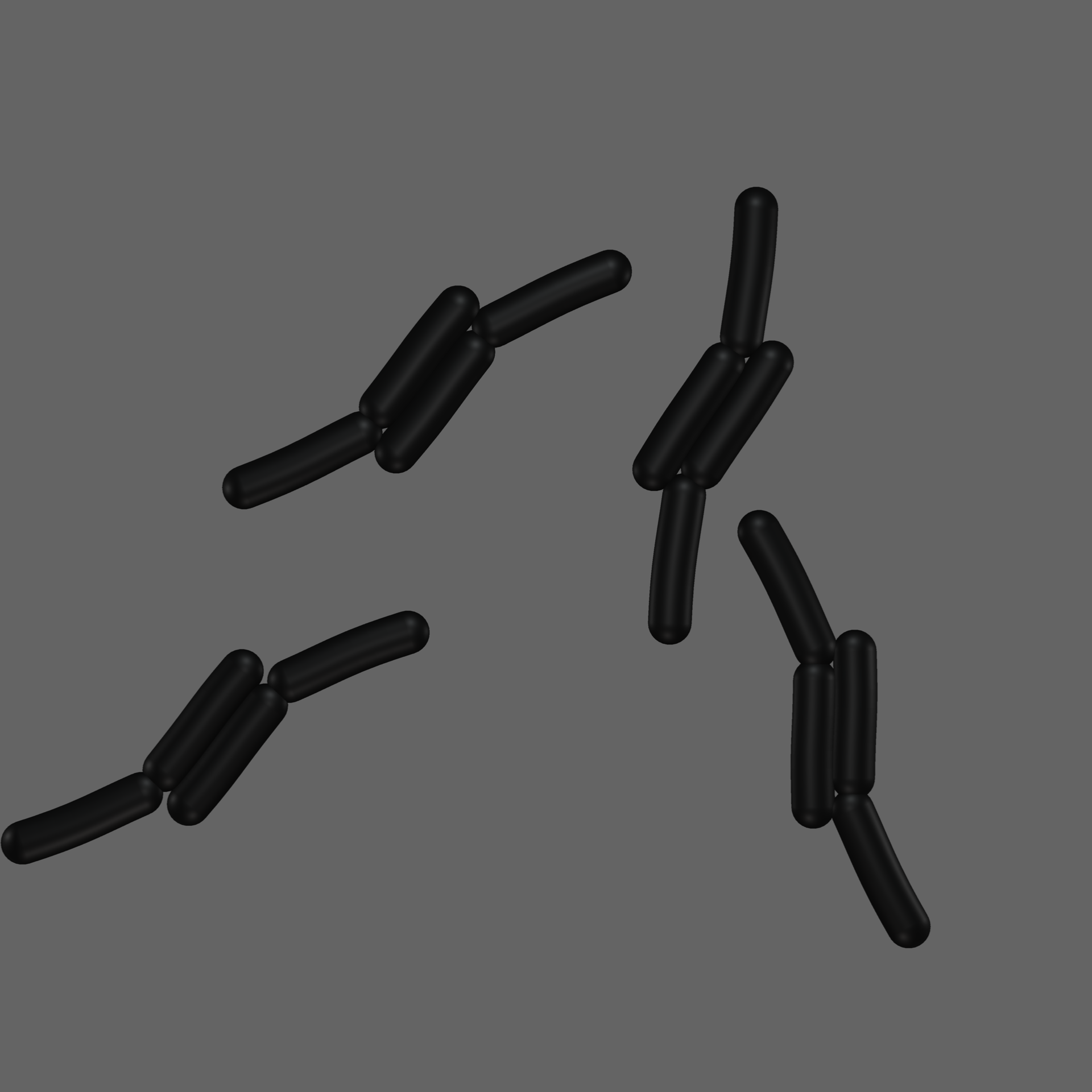
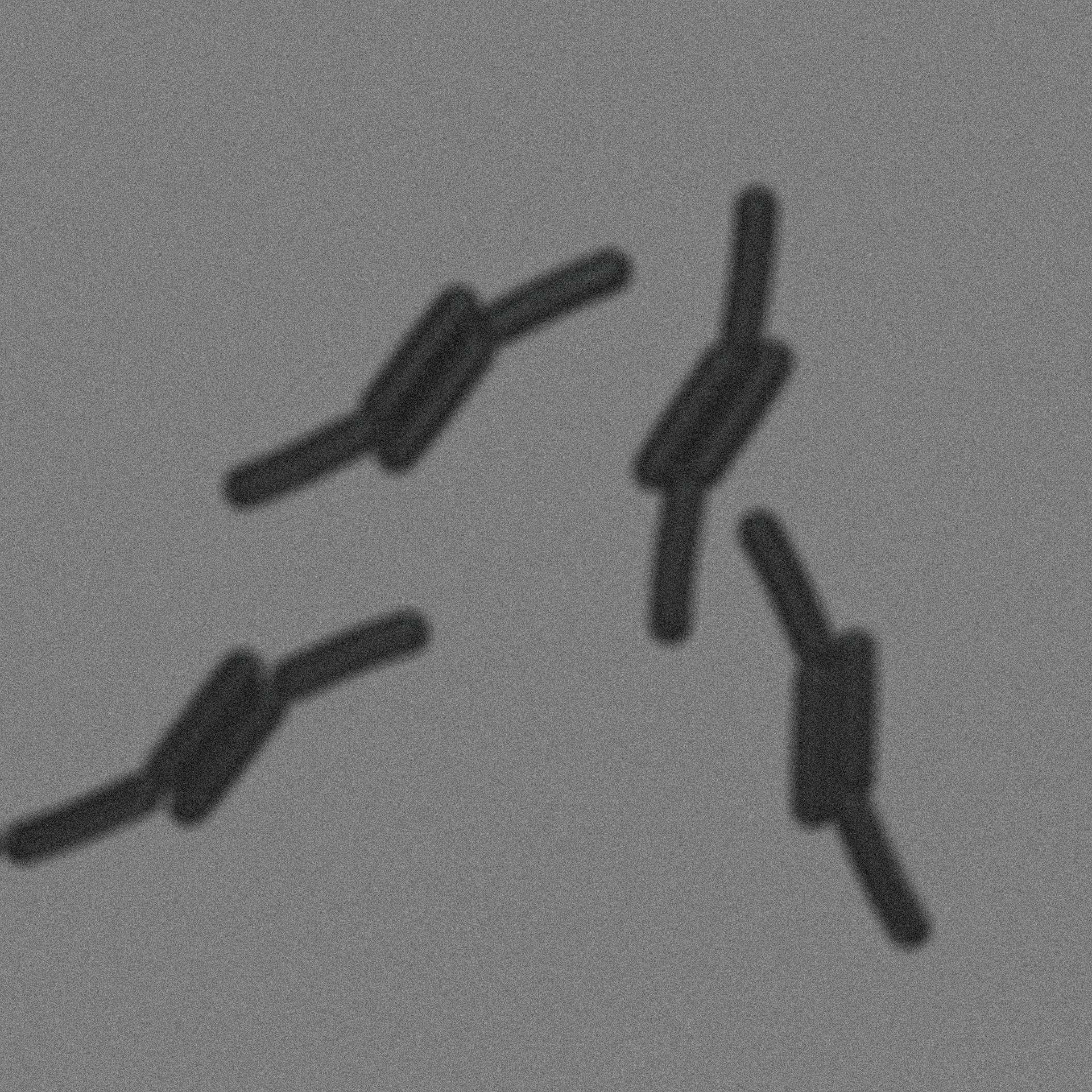
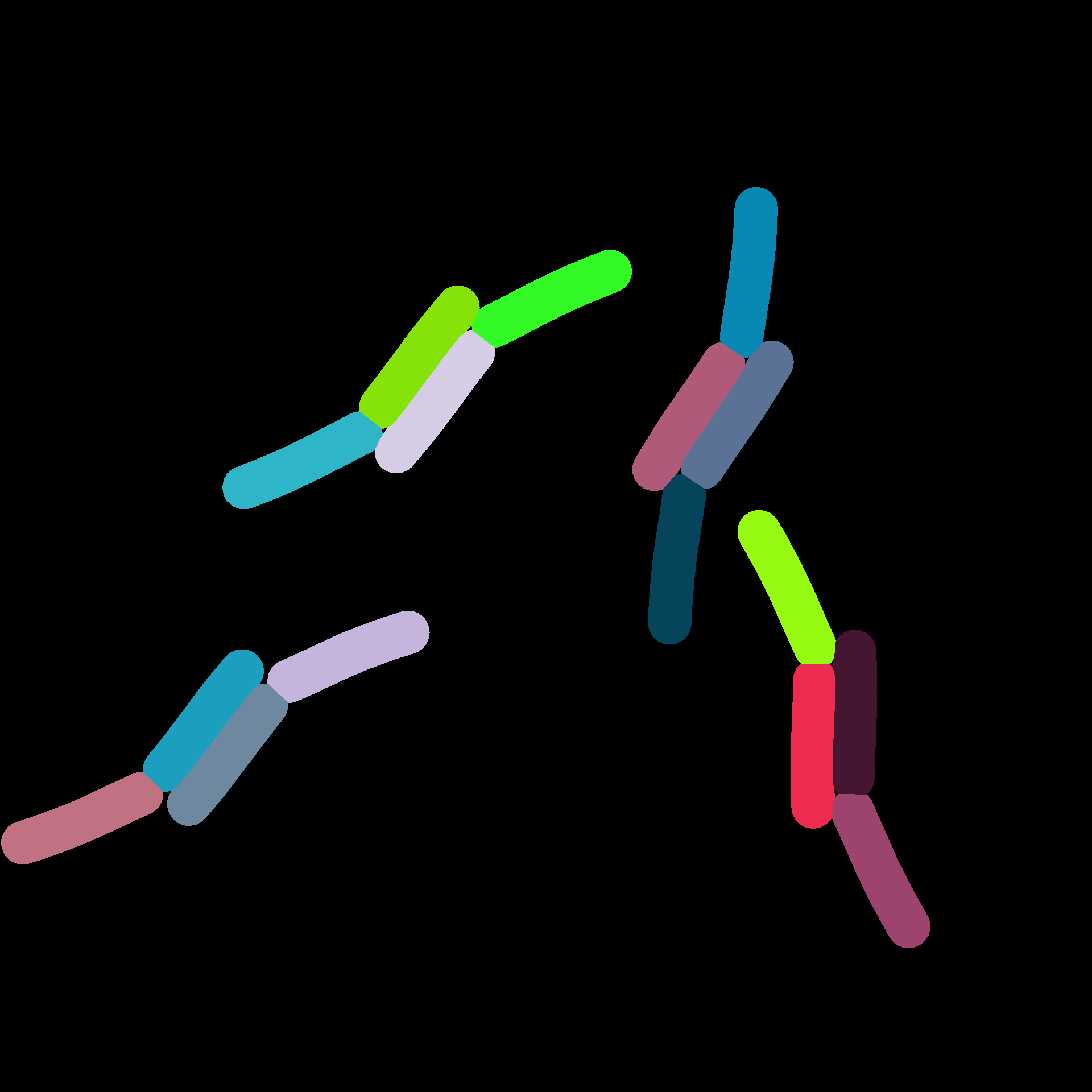
Snapshots at t=100min.